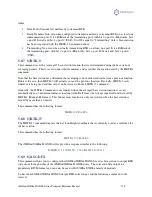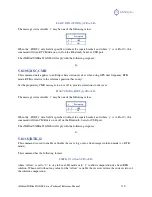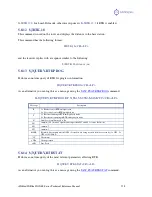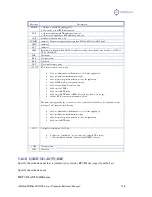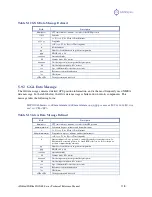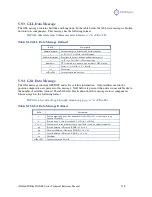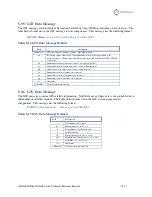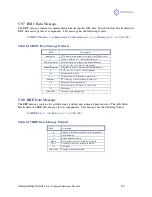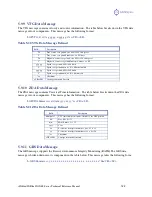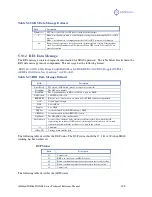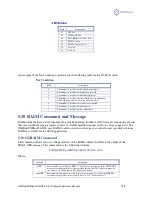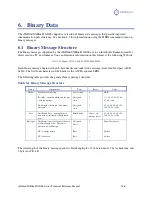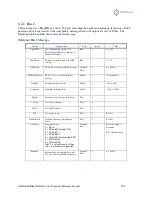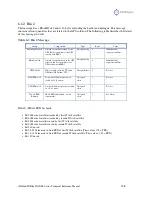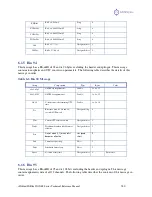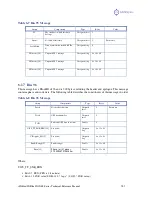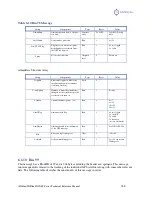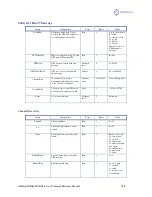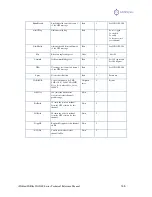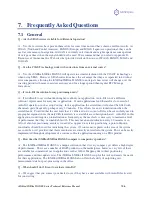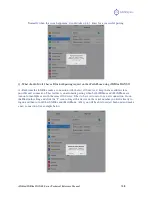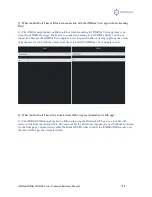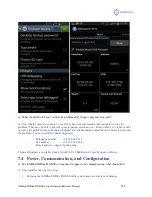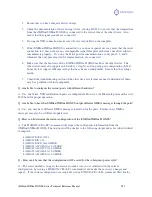
iSXblue/SXBlue II GNSS Series Technical Reference Manual
126
6.
Binary Data
The iSXBlue/SXBlue II GNSS supports a selection of binary data messages that provide improved
communication port efficiency. See Section 4.2 for information on using the $JBIN command to turn on
binary messages.
6.1
Binary Message Structure
The Binary messages supported by the iSXBlue/SXBlue II GNSS are in an Intel Little Endian format for
direct read in a PC environment. You can find more information on this format at the following Web site.
www.cs.umass.edu/~verts/cs32/endian.html
Each binary message begins with an 8-byte header and ends with a carriage return line-feed pair (0x0D,
0x0A). The first four characters of the header is the ASCII sequence $BIN.
The following table provides the general binary message structure.
Table 6-1 Binary Message Structure
Group
Components
Type
Bytes
Value
Header
Synchronization String
BlockID – a number which tells the type
of binary message
DataLength – the length of the binary
messages
4 byte string
Unsigned
short
Unsigned
short
4
2
2
$BIN
1, 2, 80, 93, 94, 95, 96,
97, 98, or 99
52, 16, 40, 56, 96, 128,
300, 28, 68, or 304
Data
Data Binary Data – varying fields of
data with a total length of DataLength
bytes
Mixed fields
Varies – see
message tables
52, 16, 40, 56, 96, 128,
300, 28, 68, or 304
Epilogue
Checksum – sum of all bytes of the data
(all DataLength bytes). The sum is
placed in a 2-byte Integer
CR – Carriage return
LF – Line feed
Unsigned
Short
Byte
Byte
2
1
1
Sum of data bytes
0D hex
0A hex
The total length of the binary message packet is DataLength plus 12 (8 byte header, 2 byte checksum, and
2 bytes for CR, LF).

